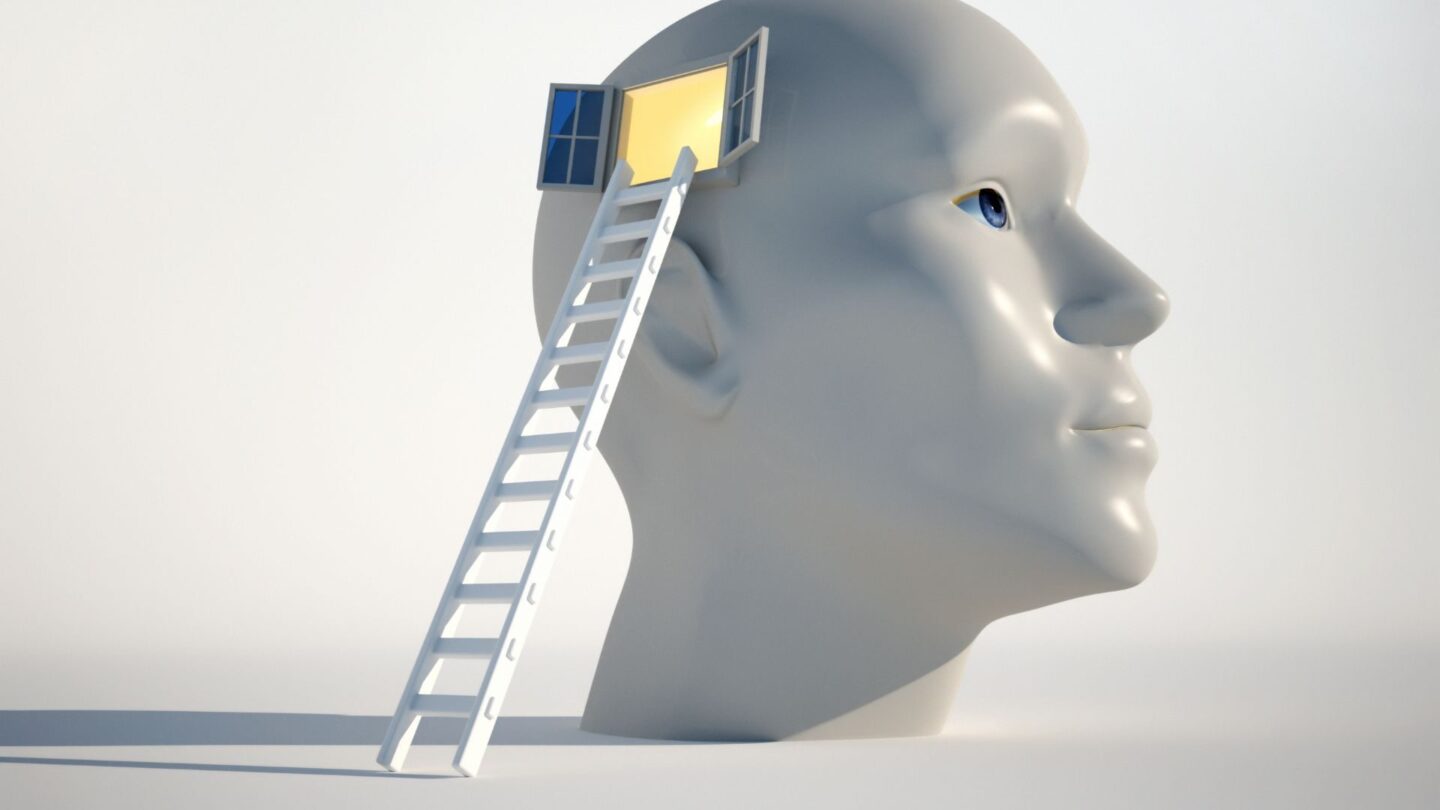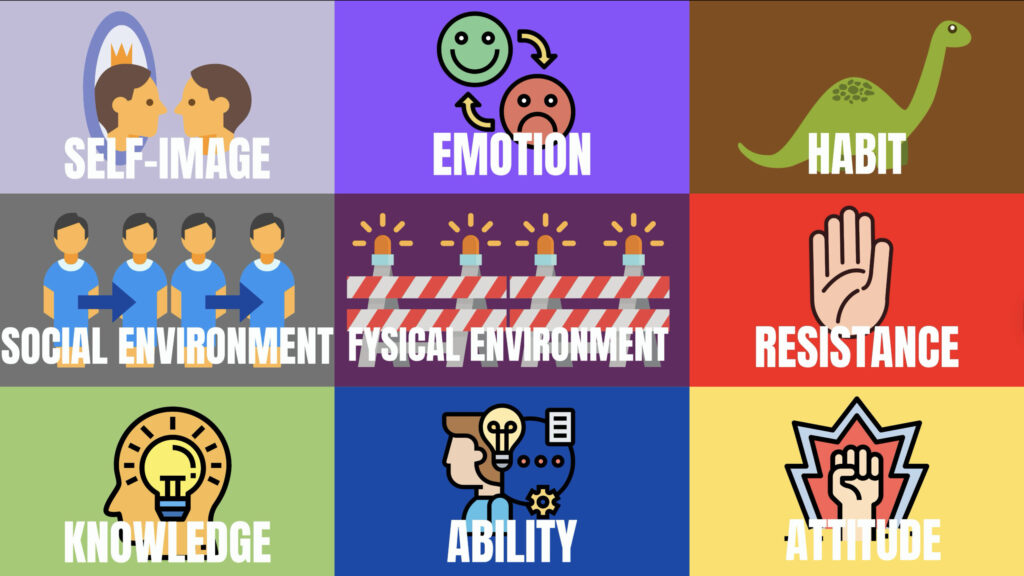CASI: The Hidden Forces Behind Behavior Change

Every transformation stands or falls with behavior. Not with PowerPoints, timelines, or shiny new systems — but with what people actually do (or stubbornly don’t do). And human behavior can’t be steered simply with knowledge or good intentions.
That’s where the CASI model — short for Communication Activation Strategic Instrument — comes in. It helps communication professionals understand what truly drives people. CASI reveals that behavior rarely has a single cause. It’s shaped by nine different factors, from knowledge and attitude to emotions, habits, and social norms.
Originally developed by the Dutch government for public campaigns, CASI turns out to be surprisingly useful for internal change as well. It helps you discover where behavior gets stuck, where energy flows, and which levers you can pull to really get people moving.
CASI identifies nine behavioral determinants that you can influence to spark change:
- Resistance
- Self-image
- Habits
- Emotions
- Social pressure
- Physical environment
- Ability
- Knowledge
- Attitude
The last three — knowledge, attitude, and behavior — probably sound familiar. But the real power of CASI lies in its broader lens on what shapes human behavior. Let’s take a closer look at each one.
TL;DR
The CASI model developed by the Dutch government shows that influencing behavior is about much more than changing knowledge and attitude. By also considering emotions, social norms, and unconscious triggers, communication around change becomes far more effective — and sustainable.

Resistance
Whenever change asks people to do something differently, resistance is never far behind. CASI distinguishes three types: aversion, skepticism, and inertia.
- Aversion arises when people feel their freedom of choice is threatened — it hits their need for autonomy.
- Skepticism shows up when people don’t see the point of the change or distrust the messenger — tied to our deep need for certainty.
- Inertia is that quiet, passive resistance born out of indifference or fear. People simply do nothing and hope the change will blow over. Inertia stems from our natural tendency to conserve energy — the human brain prefers the path of least resistance, maintaining the status quo.
Observing and talking to employees helps you identify which form of resistance is at play. The key is to address them in sequence: first aversion, then skepticism, and finally inertia.
Self-Image
Our self-image is how we see ourselves — “I’m the expert,” “the funny one,” “the helpful colleague.” We behave in ways that fit that picture. Because our self-image is tied to our core values, it’s a powerful driver of behavior.
When the desired behavior aligns with how people see themselves, they’re more likely to feel intrinsically motivated. Self-image can relate to social roles, like being “a committed team player.” Behavior that clashes with someone’s self-image will feel unnatural or even threatening. Changing self-image is hard — but you can certainly activate it.
Habits
Much of what we do is automatic — habits and routines carried out on autopilot. That’s also true for the unconscious associations triggered by communication. It’s often easier to build on existing, desirable habits than to break unwanted ones. Sometimes the smartest change is simply helping people stay on their good autopilot.
Emotions
Emotions like fear, pride, or joy have a huge influence on what people do. They can motivate or block behavior. When strong emotions such as anger dominate, it’s crucial to address the source of that emotion first. Interestingly, suggested emotions (the ones evoked by storytelling or imagery) can sometimes be influenced more easily than emotions people are actually feeling.
Social environment
Human behavior is deeply social. We look to others — especially our peers — for cues on what’s normal or acceptable. We all want to belong, to be respected, and not to be the odd one out.
That’s why social norms are so powerful. Injunctive norms tell us what people think we should do; descriptive norms show what people actually do. Both can have a strong impact. Role models, informal leaders, and team dynamics are often more influential than formal communication. If you want to change behavior, work with the group — not just the individual.
Physical Environment
Our surroundings — physical and digital — quietly shape what we do. The design of a workspace or system can make the desired behavior easier or harder. During the COVID era, some offices removed desks entirely to enforce distancing, while others just placed a few “Do not sit here” signs. Guess which one worked better?
The environment can nudge people toward the desired behavior — or accidentally encourage the opposite. Design matters.
Ability
People are far more likely to do something if they can. Skills, tools, time, and energy all affect whether behavior change is possible. Just as important is a person’s sense of self-efficacy — their belief that they can succeed. Strengthening that belief is often more powerful than training new skills.
Knowledge
Knowledge shapes behavior — but information alone rarely changes it. More facts don’t automatically lead to new habits. The key is relevant knowledge: what does your audience actually need to know to act differently? Misconceptions should be corrected, but overload avoided.
Attitude
A person’s attitude toward a behavior depends on how they value its pros and cons. A positive attitude can certainly help — especially when motivation is intrinsic — but it doesn’t guarantee change. Other factors like skill, emotion, and environment often outweigh attitude alone.
In Closing
When you use CASI to look beyond knowledge and attitude, you open up a new world of possibilities to move people. It helps communication professionals make smarter, more targeted choices — and dramatically increases the chances of lasting behavioral change.
If we address both the human and contextual forces that shape behavior, change doesn’t just happen — it sticks.
Huib Koeleman


